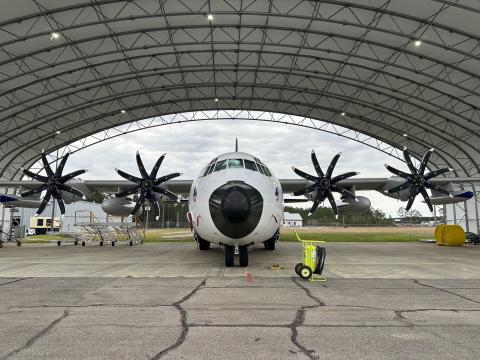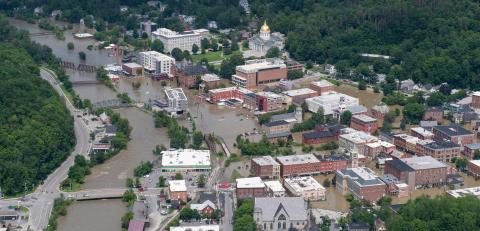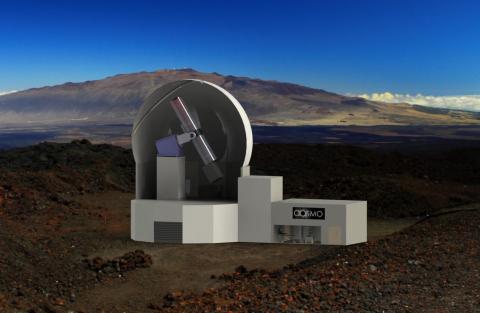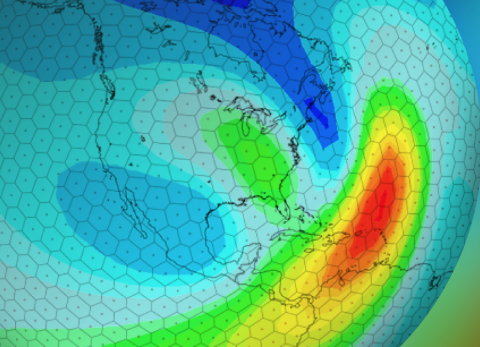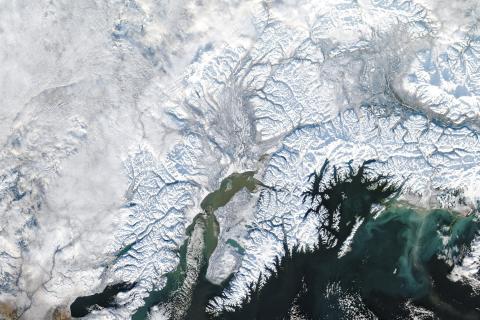NSF NCAR Strategic Projects
The NSF NCAR Directorate is supporting a number of cross-lab projects and other priority programs that are fundamental to helping the organization reach its strategic goals. Broadly speaking, these projects are designed to enhance our organization’s capabilities to engage in basic research and to better provide the actionable Earth system science information that society requires to respond to today’s grand environmental challenges.
These projects also reflect NSF NCAR’s recognition of the increasing importance and necessity of working deeply across disciplines within Earth system science to meet society’s needs. At NSF NCAR, this means intentionally and strategically fostering work that spans our eight labs and programs, bringing together meteorologists and climate scientists, atmospheric chemists and oceanographers, and hydrologists and machine learning scientists, for example.
Projects highlighted on this page are actively moving forward with Directorate support. Other NSF NCAR projects that are currently in the early planning stages will be added as they mature. However, there are many other projects across the organization that are managed at the lab and program level that are also foundational to NSF NCAR’s work and direction. Check out the lab and program pages to learn more!
